

Fort Scott, Kansas
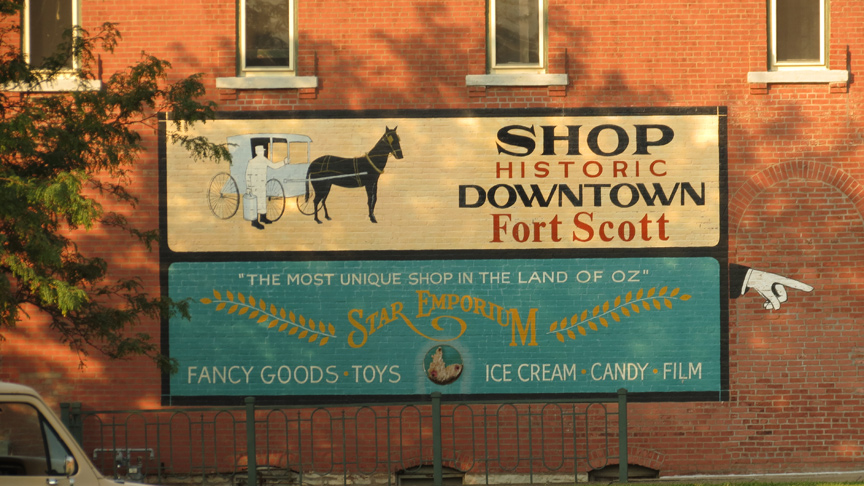
Fort Scott is a city in and the county seat of Bourbon County, Kansas, 88 miles (142 km) south of Kansas City, on the Marmaton River. As of the 2010 census, the city population was 8,087. It is the home of the Fort Scott National Historic Site and the Fort Scott National Cemetery.
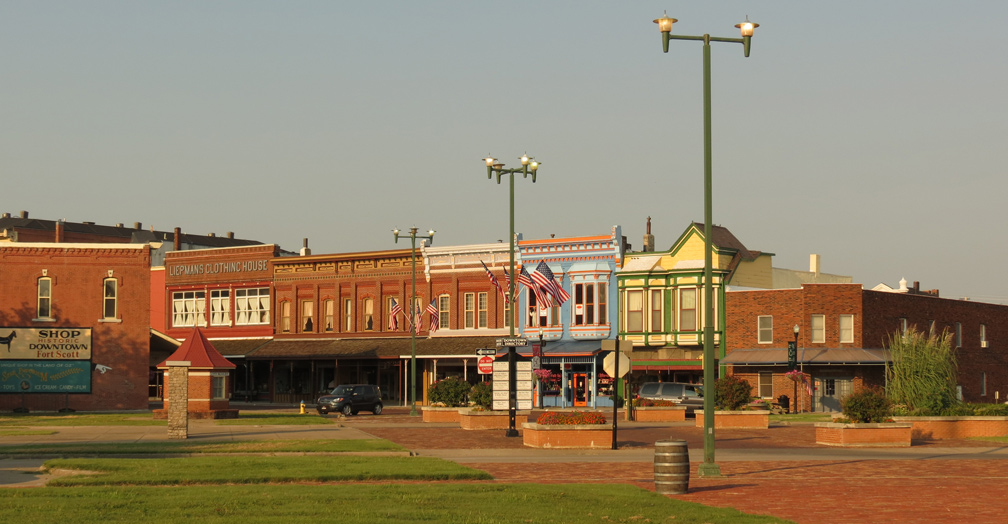
Fort Scott
Established and garrisoned by the U.S. Army from 1842–1853, soldiers at Fort
Scott assisted with the protection of the Permanent Indian Frontier. After the
army abandoned the fort in 1853, the buildings were purchased by local settlers
at a government auction in 1855. The former military post became the center of
one of the largest towns in Kansas Territory.
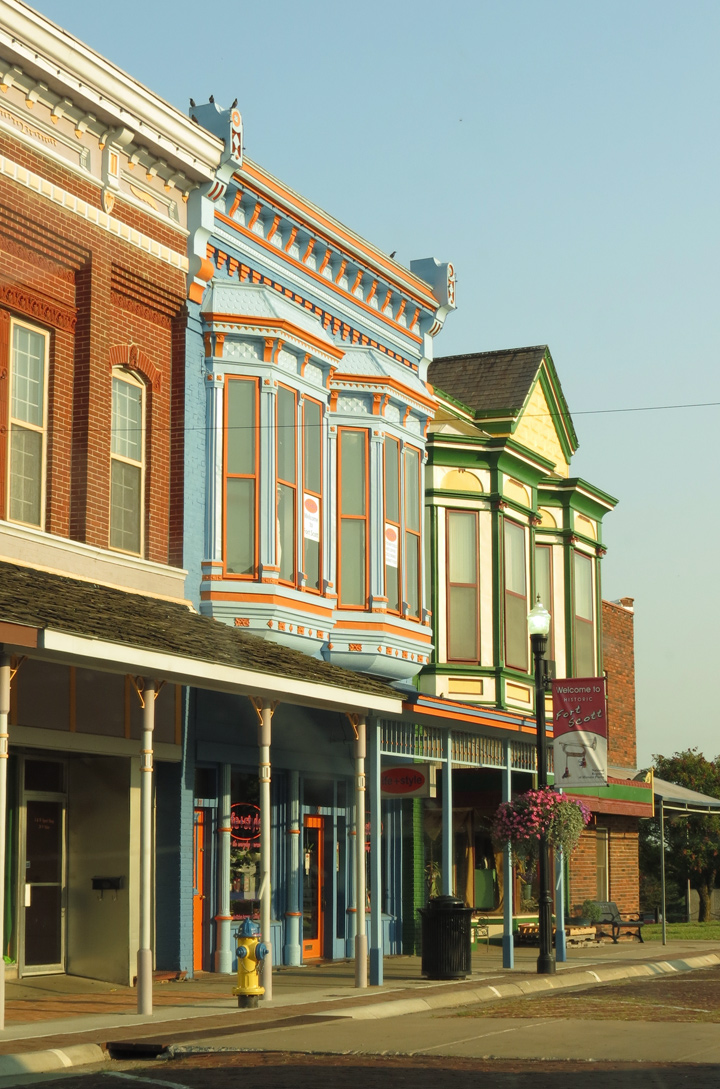
Between 1855 and 1861, the citizens of Fort Scott experienced the violent unrest
that preceded the American Civil War on the Kansas and Missouri border. Eastern
newspapers described this violence as "Bleeding Kansas", a result of the
national controversy concerning the extension of slavery into the new
territories. Murder, rape, mayhem, robbery, and arson were committed by bold
free-state and pro-slavery advocates in the name of their cause. On January 29,
1861, Kansas entered the union as a free state, but the turmoil of "Bleeding
Kansas" continued throughout the Civil War.
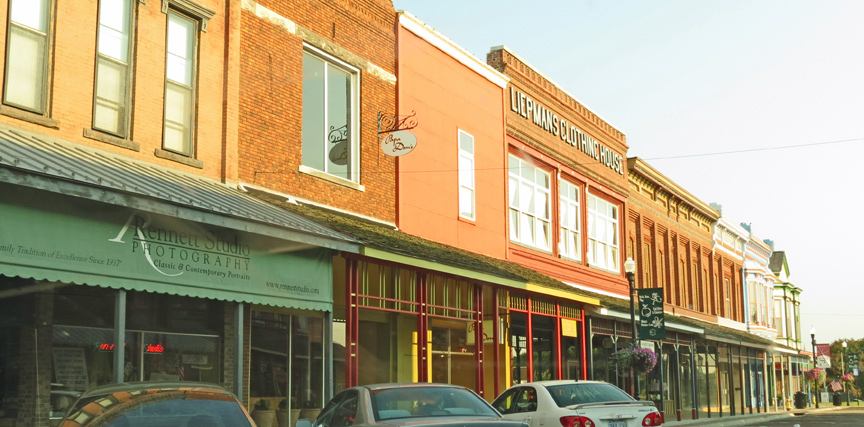
During the Civil War, Fort Scott was a U.S Army district Headquarters, quartermaster supply depot, training center, and recruitment station. It was strategically vital to the defense of Kansas and the Midwest. A battle over the fort occurred in August 1861 just across the Missouri line in the Battle of Dry Wood Creek. The battle was a pro-South victory for Sterling Price and his Missouri State Guard. Price did not hold the fort and instead continued a northern push into Missouri in an attempt to recapture the state. James H. Lane (Senator) was to launch a Jayhawker offensive behind Price from Fort Scott that led to the Sacking of Osceola. The ill will of these actions was to be the basis for the 1976 Clint Eastwood film The Outlaw Josey Wales.
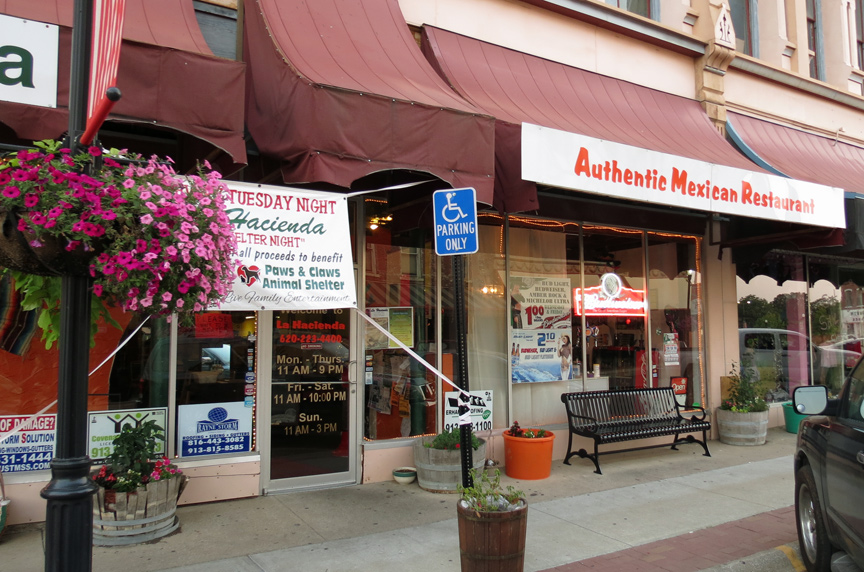
Mexican Restaurant
After the Civil War, Fort Scott was a premier city of the frontier, one of the largest cities in eastern Kansas. On three different occasions, between 1870 and 1900, Fort Scott was in competition with Kansas City to become the largest railroad center west of the Mississippi. During the first half of the 20th century, Fort Scott became the agricultural, small industrial, and insurance center which it continues to be today.
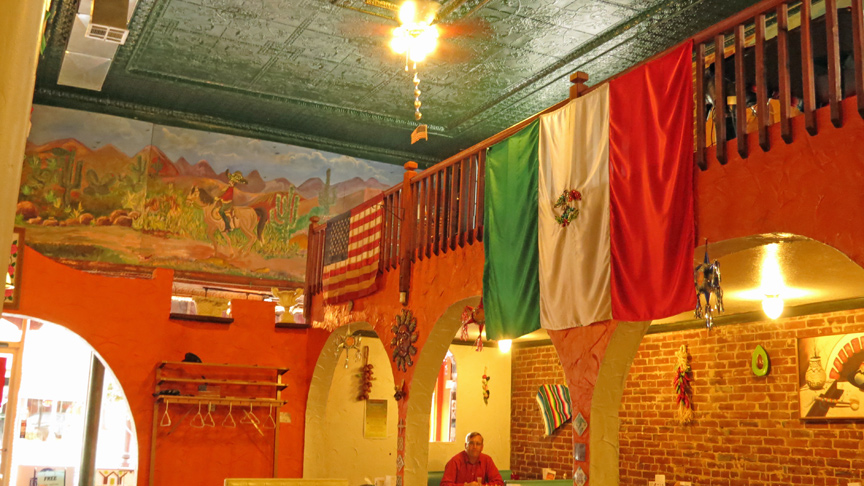
interior
On March 11, 2005, a fire destroyed several historic buildings in Fort Scott's downtown. The Victorian-era buildings were among many that are a symbol of the town.
Text from Wikipedia

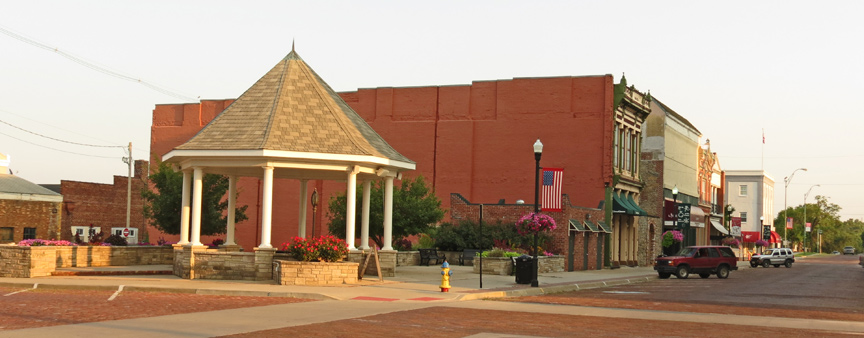
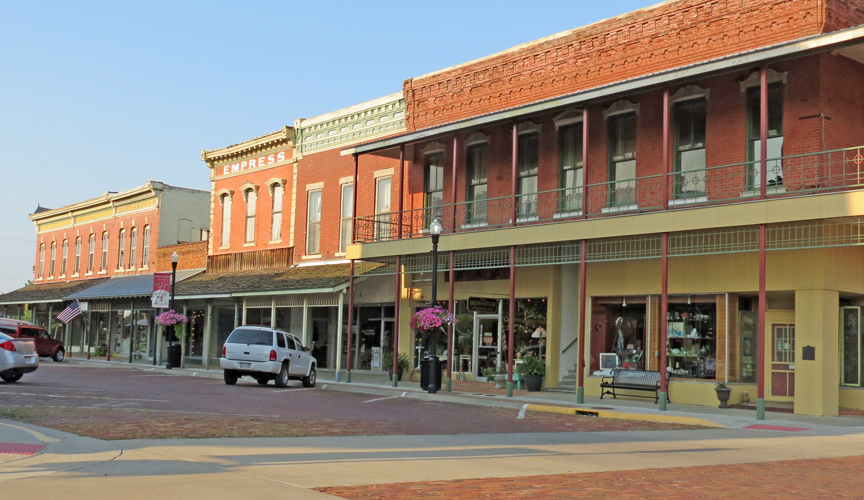

former railroad facility